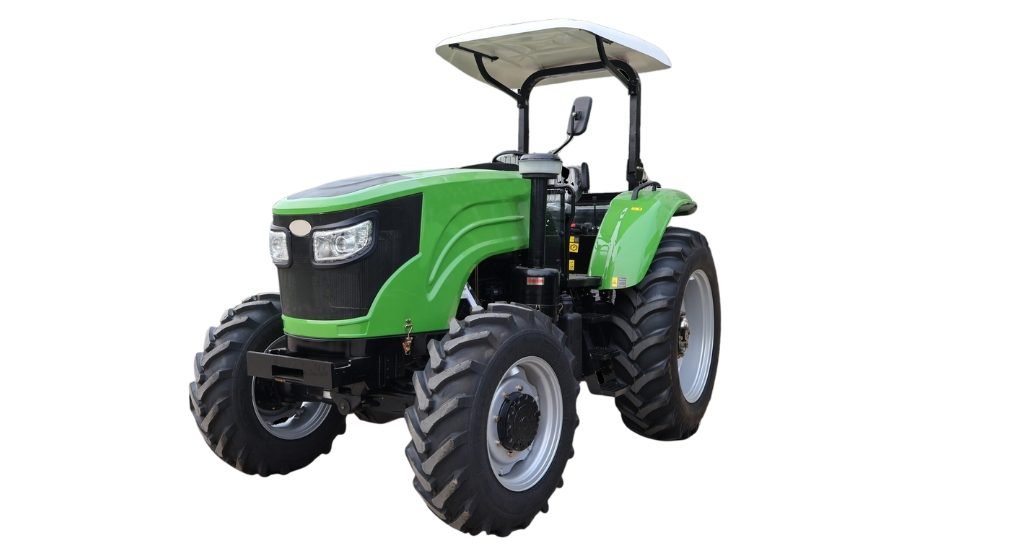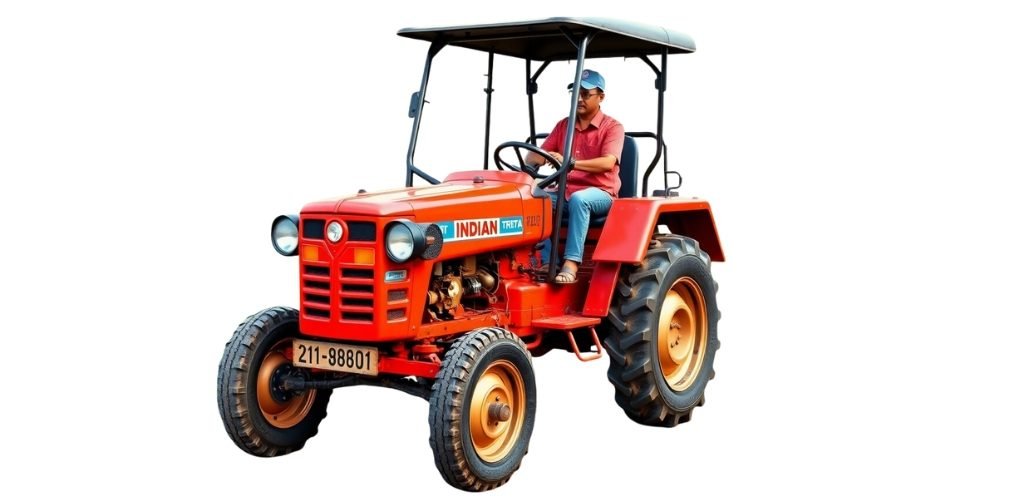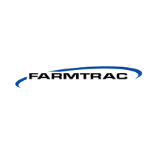What is Farm Mechanization?
Farm mechanization means using machines and modern tools to make farming work faster, easier, and more productive. It helps farmers reduce manual labor and complete big tasks like plowing, sowing, irrigation, and harvesting in less time.
Under farm mechanization, important areas include soil conservation, irrigation technology, and harvesting & post-harvest management. Each of these plays a key role in improving crop quality and saving time on the farm. We also have detailed pages for every topic, where you can find complete and practical information about each one.
Importance of Farm Mechanization in Indian Agriculture
● Saves Time and Effort: Machines help farmers finish work like plowing, sowing, and harvesting much faster and with less hard labor.
● Increases Crop Production: With the help of tools and equipment, farmers can grow more crops on the same land area.
● Reduces Labor Problems: Machines reduce the need for too many workers, which is helpful when farm labor is not easily available.
● Improves Work Quality: Modern machines do tasks more accurately, which helps in better seed placement, proper irrigation, and good crop growth.
● Supports Large-Scale Farming: Mechanization makes it easy to manage big farms that cannot be handled by hand work alone.
● Cuts Overall Costs: Even though machines cost more at first, they save money in the long run by lowering labor and time costs.
● Protects Soil Health: New machines are designed to reduce soil damage and help in soil conservation.
● Encourages Modern Farming: It helps farmers adopt new technology like GPS tractors, drip irrigation, and smart harvesters, making agriculture more advanced and sustainable.
Tractor Use in Agriculture: Importance, Benefits & Technical Handling
Tractors play a crucial role in modern agriculture, significantly improving efficiency, reducing manual labor, and enabling large-scale farming. They are used for plowing, harrowing, sowing, spraying, harvesting, and transportation, making them indispensable for farmers.
Importance of Tractors in Agriculture
- Enhanced Efficiency – Tractors speed up agricultural processes, reducing labor costs.
- Versatile Operations – Suitable for multiple farming tasks like tilling, planting, irrigation, and harvesting.
- Precision Farming – GPS-enabled tractors improve accuracy, reducing wastage of seeds and fertilizers.
- Cost-Effective – Reduces dependency on labor while increasing productivity.
- Soil Health Management – Advanced implements prevent excessive soil erosion.
- Weather Adaptability – Tractors allow farming in different climatic conditions with specialized attachments.
- Sustainable Farming – New electric and hybrid tractors reduce carbon footprints.
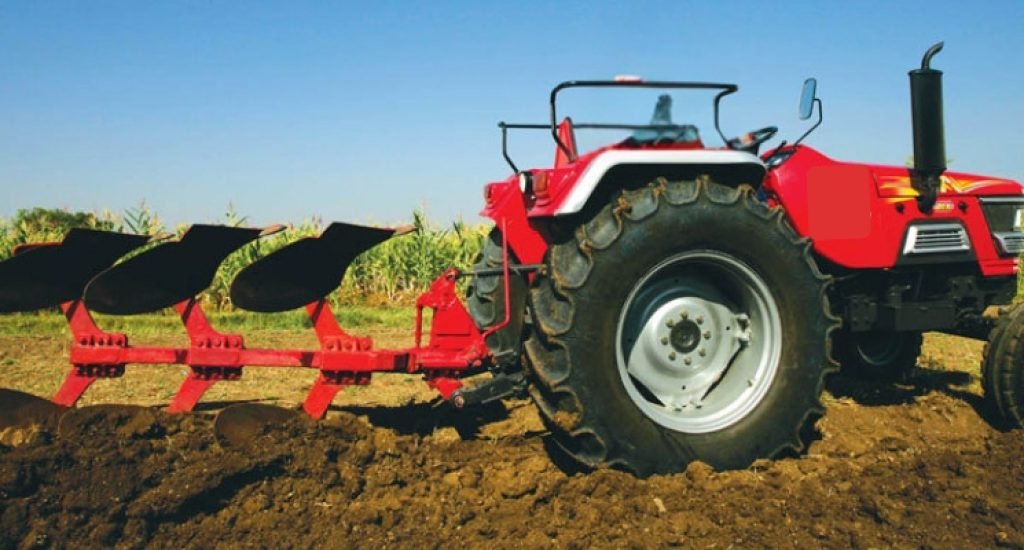
- Check engine oil, coolant, and hydraulic fluid levels.
- Inspect tire pressure and tread condition.
- Ensure brakes, steering, and lights are functioning properly.
- Check hydraulic system for leaks or malfunctions.
- Sit comfortably and adjust the seat.
- Disengage the clutch and shift into neutral gear.
- Turn the ignition key or press the start button.
- Allow the engine to warm up before engaging gears.
- Use proper gear selection for different farming tasks.
- Engage the hydraulic controls carefully for lifting implements.
- Avoid sharp turns on slopes to prevent rollovers.
- Maintain steady acceleration to avoid jerky movements.
- Clean air filters and radiators regularly.
- Lubricate moving parts like axle joints and hydraulic arms.
- Check the battery and electrical connections.
- Store the tractor in a covered area when not in use.
- GPS & Auto-Steering – Enables precision farming and reduces fuel consumption.
- Electric & Hybrid Tractors – Reduces emissions and lowers maintenance costs.
- Smart AI Tractors – Can operate autonomously with AI-based controls.
- Soil & Crop Sensors – Integrated with tractors for real-time soil analysis.
- Drone-Connected Tractors – Monitor and analyze crop health remotely.
- John Deere 6R Series – Fuel-efficient, equipped with AutoTrac GPS.
- Mahindra OJA Series – Compact and powerful for Indian farms.
- Sonalika Tiger Electric – India's first electric tractor with zero emissions.
- Kubota MU4501 4WD – High traction and fuel-efficient engine.
- New Holland T4 Electric – Fully electric with autonomous features.
A tractor is an engineering vehicle specifically designed to deliver a high tractive effort (or torque) at slow speeds, for the purposes of hauling a trailer or machinery such as that used in agriculture, mining construction.
Lorem Ipsum is simply dummy text of the printing and typesetting industry. Lorem Ipsum has been the industry's standard dummy text ever since the 1500s, when an unknown printer took a galley of type and scrambled it to make a type specimen book.
Lorem Ipsum is simply dummy text of the printing and typesetting industry. Lorem Ipsum has been the industry's standard dummy text ever since the 1500s, when an unknown printer took a galley of type and scrambled it to make a type specimen book.
Brands
Farm Machinery in Agriculture : Importance, Types, Benefits & Safe Handling
Farm machinery plays a vital role in improving productivity, reducing labor costs, and making farm operations faster and more efficient. These machines are used for land preparation, planting, spraying, irrigation, harvesting, and post-harvest handling. Mechanized tools save time, increase precision, and enable large-scale farming.
Importance of Farm Machinery in Agriculture Types of Farm Machinery and Their Uses Technical Handling & Maintenance of Farm Machinery Inspect moving parts, fluid levels, and tire pressure (if applicable). Check blades, tines, and cutting surfaces for damage or wear. While in Use Avoid overloading machines or using them on unsuitable terrain. Wear protective gear while operating power tools and harvesters. After Use Lubricate gears, joints, and shafts regularly. Store machinery in a dry, covered space to extend service life. New Farm Machinery Technologies Smart Seed Drills – Ensure correct depth, spacing, and real-time seed count. Battery-Operated Power Tools – Lightweight and eco-friendly options for small farms. IoT-Connected Implements – Monitor and control machinery remotely. Mini and Multipurpose Machines – Designed for small landholders with multi-function use. Popular Farm Machinery Brands in India Used Farm Machinery The machine is in working condition. Service history and spare part availability are verified. You check resale value and warranty (if offered).
Machine Primary Use
Rotavator Soil preparation, seedbed formation, and weed control
Cultivator Breaking and aerating the soil; used after plowing
Plough (Mouldboard / Disc) Deep tillage to turn over and loosen soil for sowing crops
Seed Drill Precise seed placement for better germination and crop spacing
Sprayer (Manual/Power) Uniform pesticide and fertilizer application on crops
Threshers Separating grains from harvested crops like wheat and paddy
Reaper/Harvester Cutting and collecting mature crops efficiently
Baler Compressing harvested crop residue into compact bales for easier transport
Power Weeder Removing weeds between crop rows efficiently
Laser Land Leveler Leveling fields for uniform irrigation and better water use
Before Use
Read the operator manual and follow safety instructions.
Operate at recommended speeds and settings for each task.
Clean all parts thoroughly to prevent rust and clogging.
Sensor-Based Sprayers – Apply inputs only where needed, reducing wastage.
Mahindra Farm Equipment, John Deere Implements, Kartar Agro, Fieldking, Sonalika Implements, Shaktiman Machinery,VST Tillers & Tractors Ltd.
Used implements like rotavators, threshers, and balers are a cost-effective solution for small and marginal farmers. They offer decent performance at a lower investment. Ensure:
The primary purpose of a tractor is to pull farm equipment, but modern tractors can be outfitted with multiple attachments to suit just about any farming need. For this reason, tractors are common-sense purchases for small and large-scale farmers alike.
Types of Tractors:-
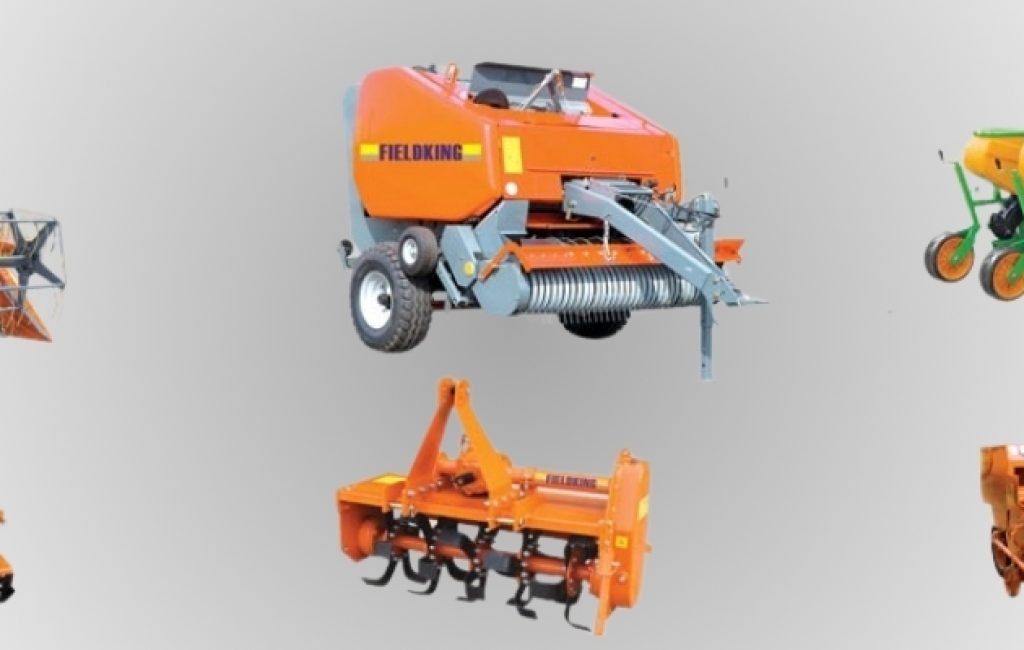
Combines and Forage Harvesters :-
combines are commonly used for rice and grass seed, but you can also use combines and forage harvesters for other purposes on a farm. Even small-scale farmers can significantly benefit from using a combine or forage harvester.
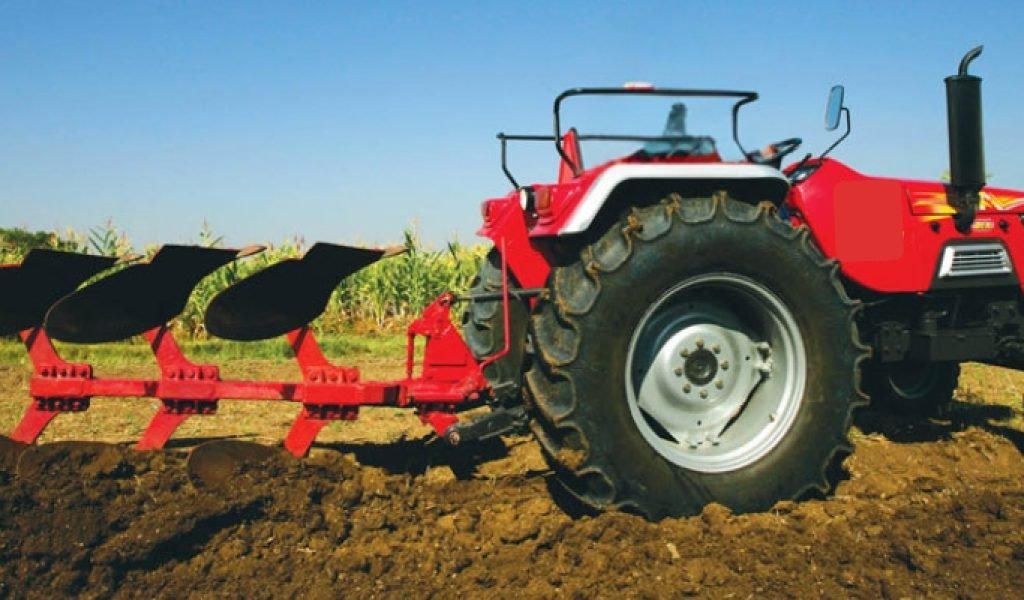
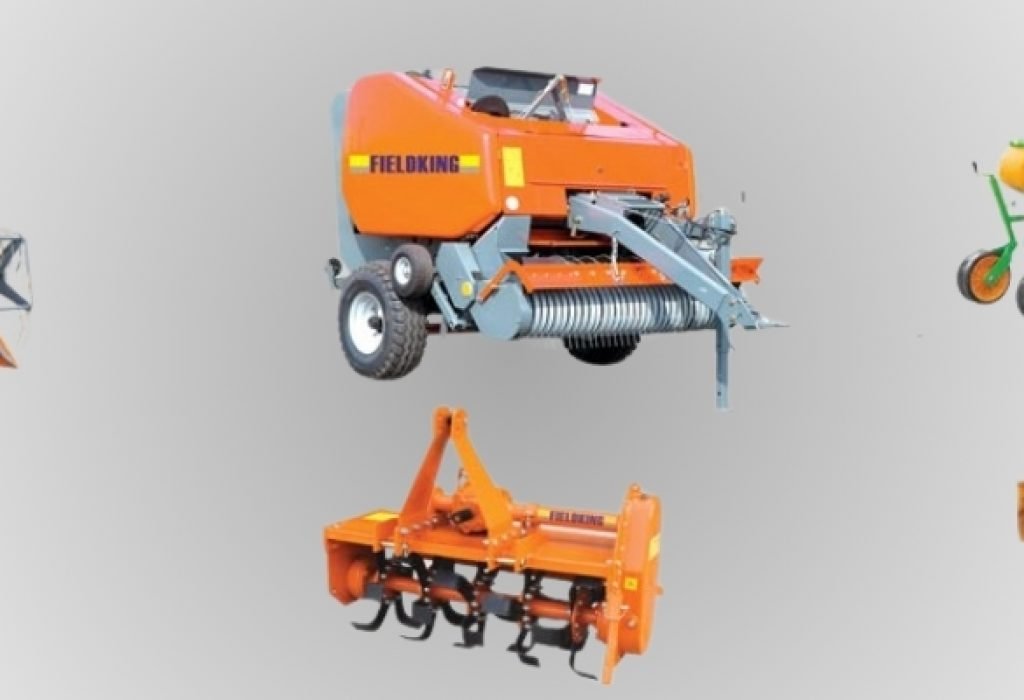
Here is a look at the three most common types of plows:
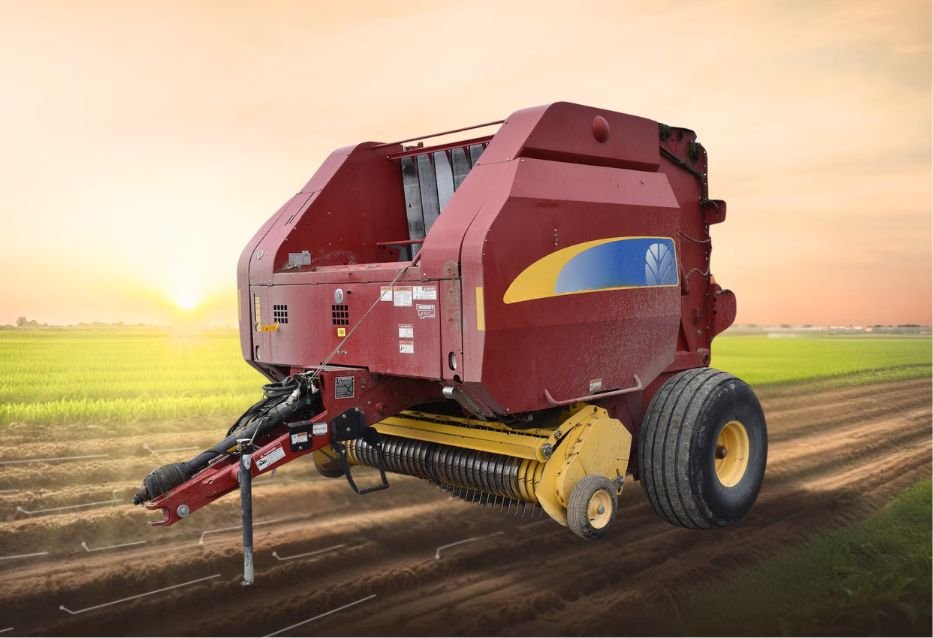
- Round balers: Round balers roll hay into round shapes and then wrap it in twine or netting.
- Square balers: Square balers collect hay, straw or stalks into compactors, which help pack and compress the material into a square shape. Once the baler has enough material, it ties it with two lengths of twine or wire and then deposits it in a particular area. Square balers come in multiple sizes to work for a variety of applications. Square balers can tie bales in wire, twine or both, and you can add a bale mower attachment to make it easier to stack bales on your wagon.
- Large square balers: Large square balers function like regular square balers but handle significantly larger volumes for industrial farms. Smaller farms are better off using round or square balers unless you manage hundreds of acres.
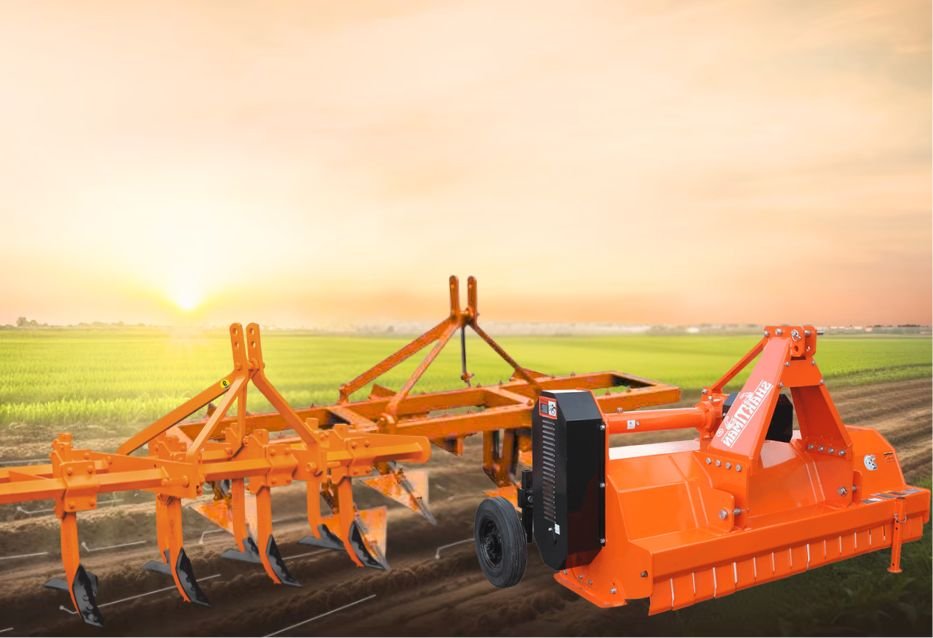
Common types of harrows: spring, roller, chain, and disc
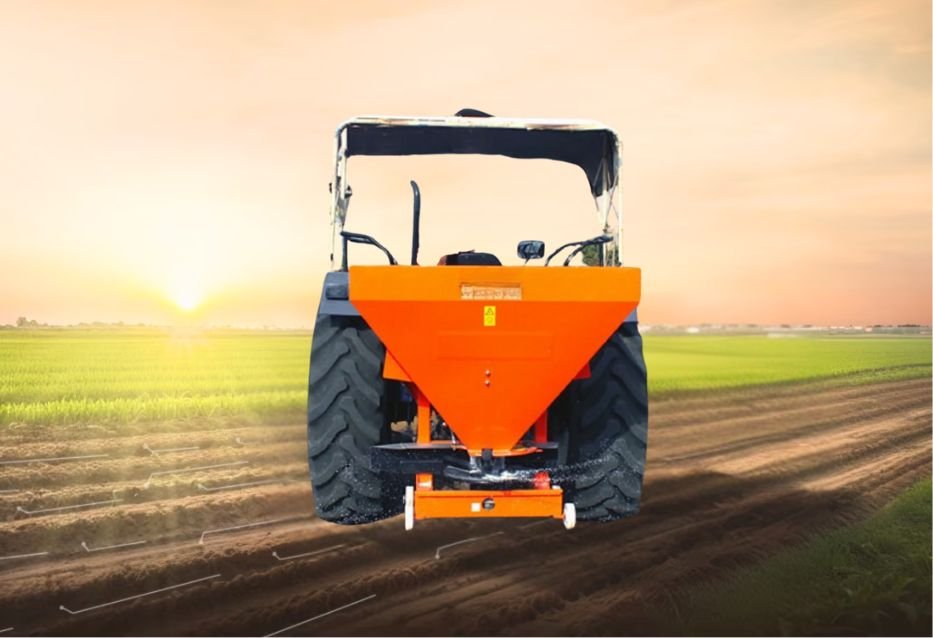


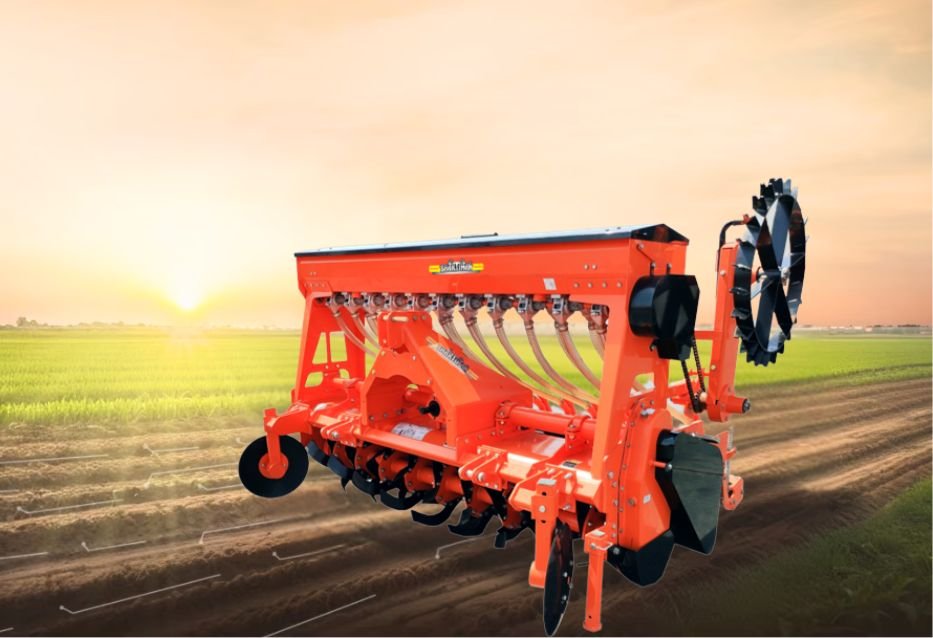

Types of Irrigation Technology:
1. Surface Irrigation
- Water is applied directly to the soil surface
- Methods include
- Flood irrigation
- Furrow irrigation
- Border strip irrigation
2. Sprinkler Irrigation
Water is distributed through a network of pipes and sprinklers
Methods include:
- Center pivot irrigation
- Linear move irrigation
- Solid set sprinkler irrigation
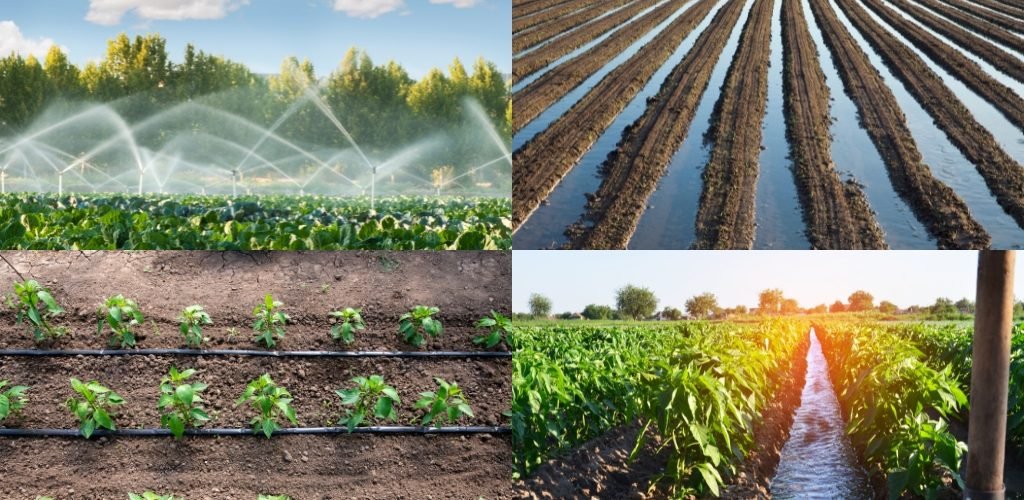
What is Soil Conservation?
Soil conservation refers to the practices and techniques used to protect and preserve soil health, prevent erosion, and maintain its fertility.
Importance of Soil Conservation
- Soil Erosion Prevention: Soil conservation helps prevent soil erosion, which can lead to loss of fertile land, decreased crop yields, and increased sedimentation in waterways.
- Water Quality Protection: Soil conservation helps protect water quality by reducing sedimentation and runoff, which can carry pollutants into waterways.
- Climate Change Mitigation: Soil conservation can help mitigate climate change by sequestering carbon, reducing greenhouse gas emissions, and promoting sustainable land use practices.
- Food Security: Soil conservation is essential for maintaining soil fertility, which is critical for food security and sustainable agriculture.
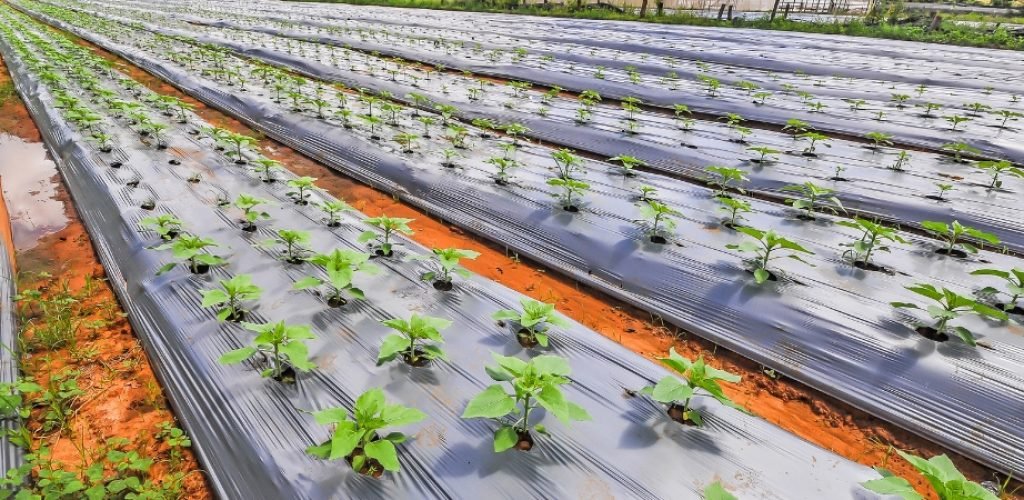
Harvesting And Post Harvesting Management
Harvesting Management
Types of Harvesting Technologies
- Mechanized Harvesting: Uses machines like combines, tractors, and harvesters to cut, gather, and process crops.
- Automated Harvesting: Uses sensors, GPS, and automation to optimize harvesting operations.
- Precision Harvesting: Uses advanced technologies like precision agriculture, drones, and satellite imaging to optimize harvesting.
- Robotic Harvesting: Uses robots and artificial intelligence to harvest crops.
- Hand Harvesting: Uses manual labor to harvest crops.
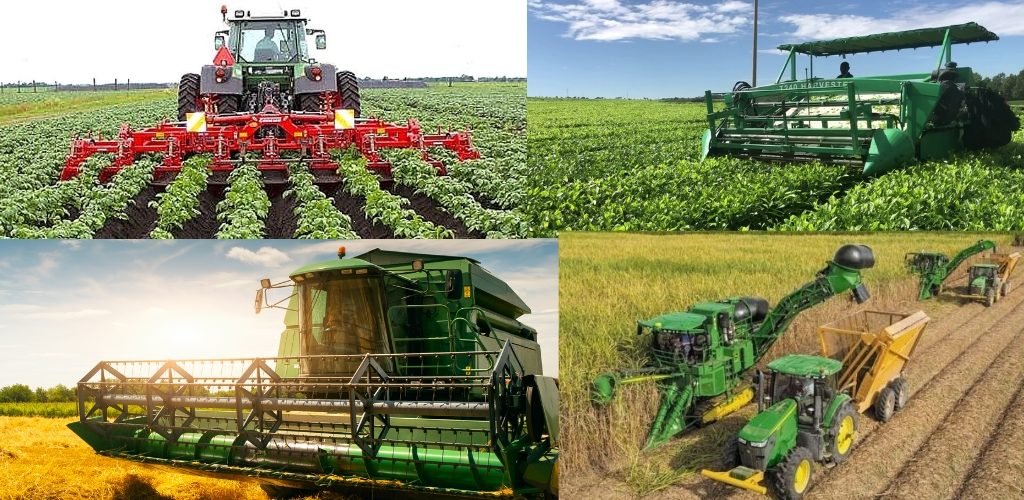
Post-Harvesting Management
Types of Post-Harvesting Technologies
1. Cleaning and Grading
- Removing impurities, dirt, and debris from harvested crops
- Sorting and grading crops based on size, shape, color, and quality
2. Drying and Dehydration
- Reducing moisture content to prevent spoilage and extend shelf life
- Methods include air drying, sun drying, machine drying, and freeze-drying
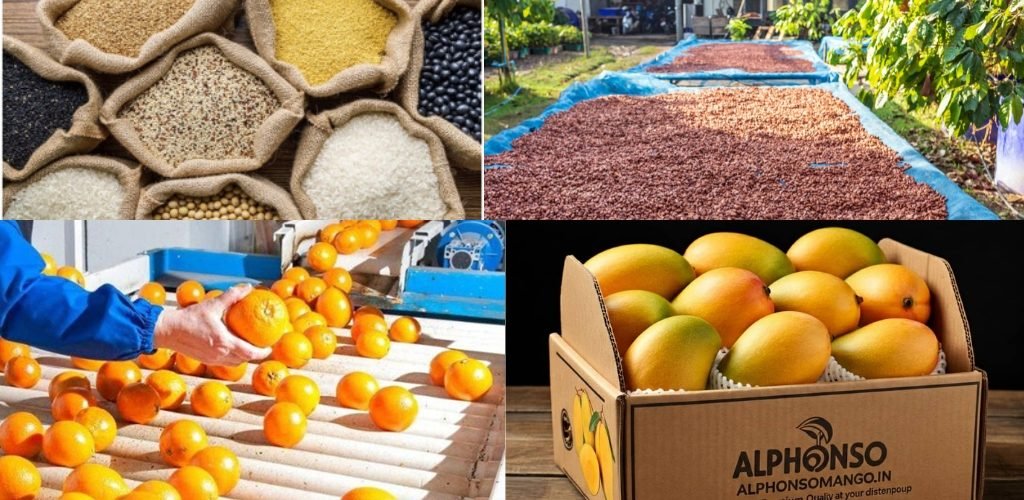
What does farm mechanization mean for Indian farmers?
It means using machines and tools to make farming faster, easier, and more productive for all types of farms.
How does farm mechanization help small farmers?
It saves time, reduces hard labor, and helps small farmers grow more crops with less effort.
Which machines are most used in Indian farms?
Tractors, plows, seeders, harvesters, and irrigation tools are among the most common machines used.
Are modern tractors better for the environment?
Yes, new electric and hybrid tractors help cut fuel use and reduce pollution.
Can farm machines work well in hilly or wetland areas?
Yes, special machines like crawler tractors are made for such conditions.
Does the government give any help for buying farm machines?
Yes, there are several subsidy & schemes programs to support farmers. Details are shared on our website (in the SCHEMES section).
What is the role of technology in modern farming?
Tools with GPS, sensors, and automation help farmers get better results with less waste.
Why is soil conservation important in farm mechanization?
It keeps the soil healthy and fertile for future crops.
How does irrigation technology improve farming?
It provides proper water to crops using systems like drip and sprinkler irrigation.
What is post-harvest management and why is it needed?
It helps in cleaning, drying, and storing crops safely after harvesting.
How can I contact the ALL ABOUT AGRICULTURE team for more information?
You can directly reach out to us through call at +91 8484002628, or you can find more details about farm mechanization and related topics on the ALL ABOUT AGRICULTURE website.
What is the main aim of dairy farming in India?
Dairy farming helps farmers earn steady income, create jobs, and provide healthy milk for families.
Can dairy farming be done with a small number of animals?
Yes, even two cows or buffaloes can give good profit if managed with care and proper feeding.
Which breed of cow gives the most milk in India?
Popular high-yield breeds include Gir, Sahiwal, and Holstein Friesian; each suits different climates.
How can farmers improve milk quality?
Clean sheds, balanced feeding, and regular health checks keep the milk fresh and safe.
What is the best time for milking cows?
Morning and evening at fixed hours help animals stay healthy and give more milk.
How can dairy waste be used usefully?
Cow dung can make organic manure or biogas, saving fuel and improving soil.
Are there government schemes for dairy farmers?
Yes, NABARD and local banks offer dairy loans; details are on our website, in the section of Schemes.
How should farmers store milk safely?
Milk must be cooled quickly and kept in clean containers away from sunlight.
What should new dairy farmers learn first?
They should study feeding, hygiene, and local market demand before starting.
Does weather affect milk production?
Yes, hot weather can reduce milk; proper shade and water help maintain output.
How can I contact the ALL ABOUT AGRICULTURE team for more information?
You can directly reach out to us through call at +91 8484002628, or you can find more details about farm mechanization and related information by visiting our ALL ABOUT AGRICULTURE website.
